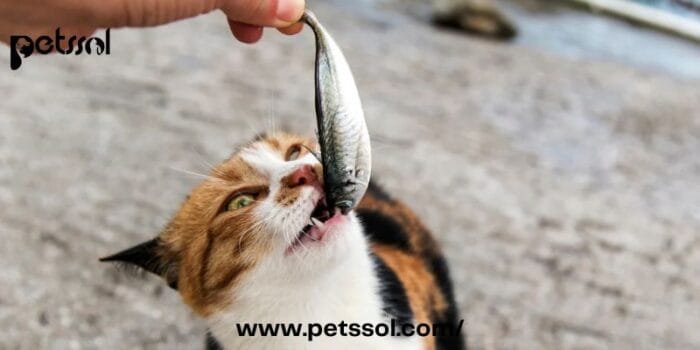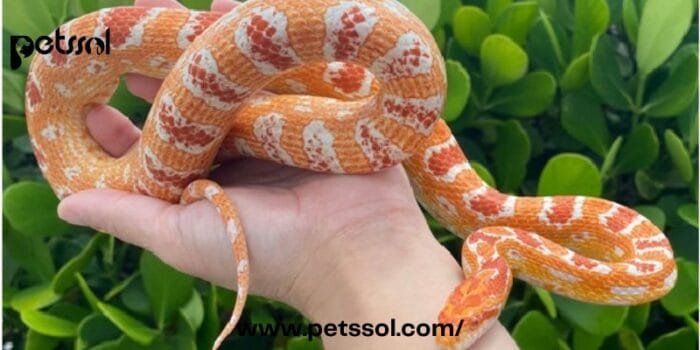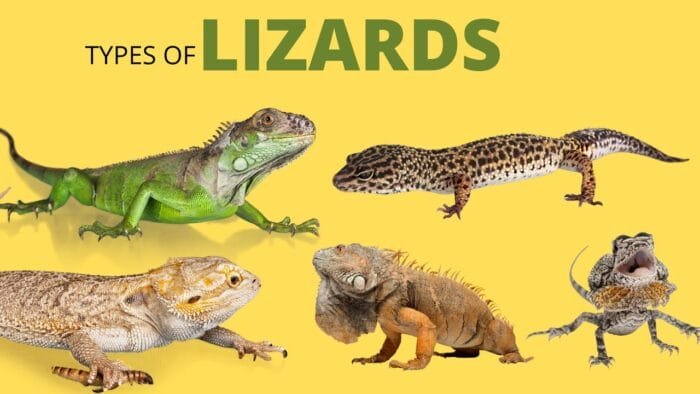Cats come in a wide variety of colors and patterns, each as stunning and diverse as their personalities. Some cats flaunt rare coat colors that not only make them stand out but also add a touch of mystery and charm to their appearance. Whether you’re a cat owner or an enthusiast, rare cat colors are always fascinating to discover. From chocolate and cinnamon to smoke and lilac, these distinctive shades can make your pet truly one of a kind.
Table of Contents
ToggleWhat Defines a Rare Cat Color?
Not all cat colors are considered rare. Standard colors like black, white, and orange are quite common, but when you come across shades like lilac or chocolate, you’re dealing with rare genetic traits. The rarity of a cat’s coat color depends on its genetic makeup, which includes dominant and recessive genes responsible for the specific color.
-
Chocolate Cats
Chocolate cats are rare and beautiful, with a warm, brownish hue that looks luxurious. Unlike the common black or grey cats, chocolate-coated cats have a brown tone that’s deep and inviting. This color is a result of a recessive gene, which is why you don’t see many chocolate-colored cats around.
The chocolate color is often associated with certain breeds like the Havana Brown, which was specifically bred for its rich, chocolatey fur. Other breeds, such as the Burmese and Siamese, can also carry this rare gene, producing chocolate-toned offspring.
What Makes the Chocolate Color Rare?
The genetic combination required for a cat to have a chocolate coat involves both parents carrying the recessive gene. This combination is less likely to happen compared to more dominant genes like black or tabby, making it a rare sight in everyday cats.

-
Lilac Cats
Lilac is a soft, pastel color that exudes elegance and rarity. It’s a diluted form of chocolate, giving cats a cool, light greyish-pink hue that’s quite unusual in the feline world. Lilac cats are often mistaken for grey, but upon closer inspection, their coat gives off a slight purple-pink tint.
Breeds that can sport the lilac color include the Siamese, British Shorthair, and Oriental Shorthair. The gene responsible for this beautiful color is recessive, meaning both parents must carry the lilac gene for the color to appear in their kittens.
Why Are Lilac Cats So Rare?
Similar to chocolate cats, the lilac color is rare because it’s a result of specific genetic combinations. It takes two cats with recessive lilac genes to produce lilac kittens, which makes it a rare but sought-after color.
-
Cinnamon Cats
Cinnamon cats possess a light, reddish-brown coat that is truly eye-catching. Their fur resembles the warm tones of cinnamon spice, giving them an almost glowing appearance. This color is another result of a recessive gene, and it’s typically seen in breeds like the Abyssinian, Oriental Shorthair, and Somali.
Cinnamon cats can sometimes be confused with their chocolate counterparts, but the reddish undertones make cinnamon cats distinct.
Table: Common Cat Breeds with Rare Colors
| Cat Breed | Rare Color Variations | Coat Description |
| Havana Brown | Chocolate | Deep, warm brown shade, luxurious fur |
| British Shorthair | Lilac, Cinnamon | Soft pastel lilac, reddish-brown coat |
| Burmese | Chocolate, Lilac | Sleek, elegant, warm-toned fur |
| Oriental Shorthair | Lilac, Cinnamon, Smoke | Variety of rare hues from soft to bold |
| Abyssinian | Cinnamon | Reddish-brown, glowing appearance |
| Russian Blue | Smoke | Deep, smoky grey with silver tips |
-
Smoke Cats
Smoke-colored cats are known for their striking appearance, with fur that seems to shimmer in different lighting. This unique color occurs when the tips of the cat’s hair are one color, while the base of the hair is a different shade. Most commonly, smoke cats have black or grey tips and a lighter undercoat, creating an ethereal effect as they move.
Breeds like the Russian Blue and Maine Coon are known for having smoke color variations. This color pattern adds to their allure, making them highly prized among cat lovers.
-
Fawn Cats
Fawn-colored cats have a light, beige-like color that’s rare and delicate. The fawn color is a diluted version of the cinnamon gene, giving the cat a soft, creamy coat that’s almost velvety in appearance. Fawn is not as commonly seen in domestic cats, making it a truly unique shade.
Cats with fawn coats are most often seen in breeds like the Abyssinian, British Shorthair, and Oriental Shorthair.

-
Blue-Cream Cats
The blue-cream color is a beautiful blend of bluish-grey and cream, resulting in a soft, pastel-like appearance. This rare color combination is usually found in tortoiseshell cats, where the blending of colors occurs in patches across the body. Blue-cream cats have a very gentle, dreamy look, which makes them highly desirable.
Breeds like the Persian, British Shorthair, and Maine Coon can exhibit this rare color.
Frequently Asked Questions (FAQs)
-
What makes rare cat colors so unique?
Rare cat colors result from specific genetic combinations involving recessive genes, which are less common compared to dominant traits. These genes create uncommon coat shades like lilac, chocolate, and cinnamon, which are not frequently seen in everyday cats.
-
Which breeds are most likely to have rare colors?
Some cat breeds are more likely to have rare colors due to their genetic makeup. Breeds like the British Shorthair, Burmese, Havana Brown, and Abyssinian are known for showcasing colors like lilac, chocolate, cinnamon, and fawn.
-
Are rare cat colors associated with specific health conditions?
There is no strong evidence to suggest that rare cat colors are directly linked to health conditions. However, some breeds known for rare colors may have specific health risks, but these are typically breed-related rather than color-related.
-
Can two cats with common colors produce rare-colored kittens?
Yes, it’s possible if both cats carry the recessive gene for a rare color. Even if the parents have common colors, they can still produce kittens with rare shades like chocolate or lilac, depending on their genetic makeup.
-
What is the rarest cat color?
The rarest cat colors include lilac, cinnamon, chocolate, and fawn. These colors are considered rare because they require specific genetic combinations that are less common in most domestic cats.
-
Are rare-colored cats more expensive?
Rare-colored cats can be more expensive, especially if they belong to a breed known for producing these unique shades. Breeders may charge higher prices for cats with rare colors, particularly if the color is difficult to produce through breeding.
Conclusion
Exploring the world of rare cat colors opens up a realm of beauty and genetics that many cat lovers are fascinated by. If you’re lucky enough to own a cat with one of these rare shades, you can enjoy the visual appeal and uniqueness that these colors bring. For those on the hunt for a rare-colored feline, understanding the genetics behind these colors can help you choose a truly special companion.
For more on pet care and to explore products that cater to your cat’s health, visit Petssol. We are dedicated to ensuring your pets receive the best care possible.







